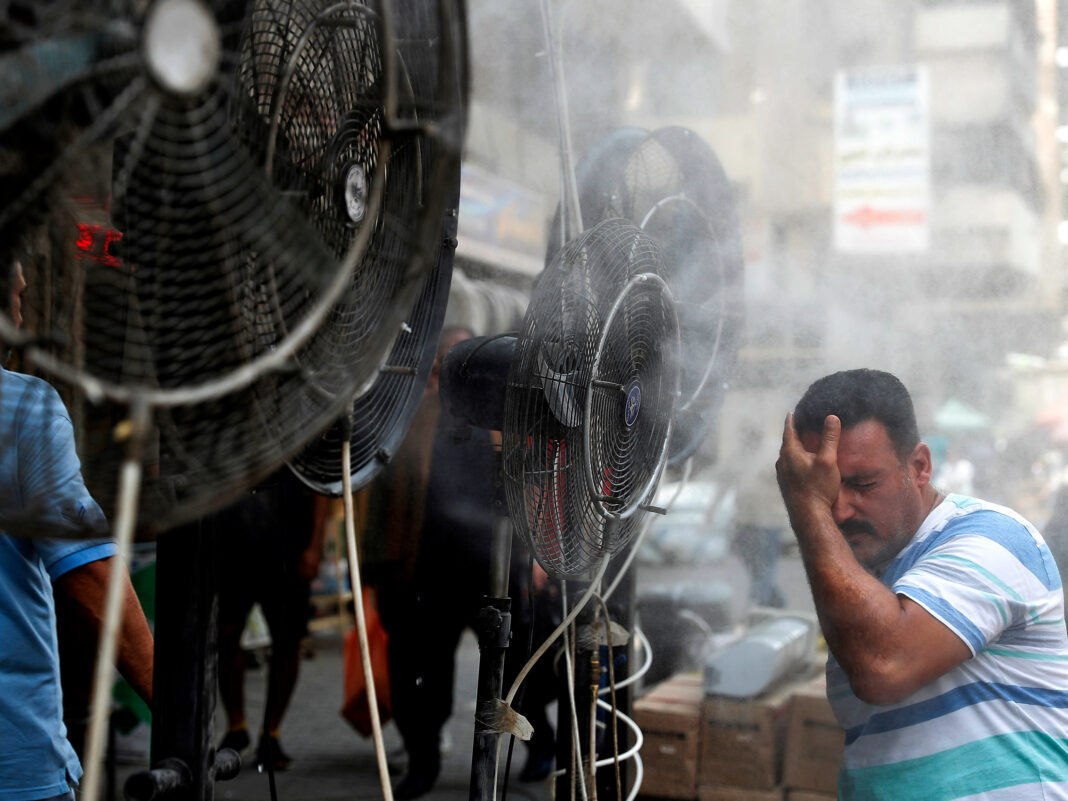The Iraq extreme heat warning remains in full effect as scorching temperatures grip the country’s southern regions. On Monday, several cities recorded highs of 50°C, with weather forecasts showing little relief ahead.
According to the Iraqi Meteorological Organization and Seismology, the nation remains under a seasonal thermal low. This system continues to bring dry air, clear skies, and stable conditions across most provinces.
In particular, temperatures surged in the south. Cities like Maysan, Dhi Qar, and Basra all reached 50°C. Other governorates such as Najaf, Diwaniyah, and Muthanna recorded highs between 47°C and 49°C.
Central Iraq also faced intense heat. Baghdad, Babil, and Karbala experienced temperatures between 46°C and 47°C. Further north, Erbil and Sulaymaniyah reported highs of 43°C, while Duhok reached 41°C.
Additionally, central provinces like Diyala and Salah al-Din recorded temperatures from 45°C to 46°C. These numbers remain above seasonal averages.
Winds from the west and northwest blew across most of the country at speeds between 20 and 40 kilometers per hour. Occasionally, these gusts stirred dust, especially in desert zones, reducing visibility to 2–4 kilometers in some areas. In other places, visibility ranged from 6 to 10 kilometers.
The Iraq extreme heat warning extends through Friday, with only slight drops expected midweek. Central and southern cities may see minor temperature decreases on Thursday and Friday.
Despite these slight changes, sky conditions will remain clear nationwide. No cloud cover or precipitation is expected during this period.
Health officials continue to urge residents to take precautions. People should avoid direct sun exposure during peak hours and stay well hydrated. Vulnerable populations, including children and the elderly, face the highest risk.
The Iraq extreme heat warning underscores the country’s ongoing struggle with severe summer conditions. As global temperatures rise, Iraq finds itself increasingly vulnerable to extreme heatwaves and worsening climate patterns.
Moving forward, sustained public awareness and early planning will be essential to protect lives and reduce the risks associated with prolonged high temperatures.



